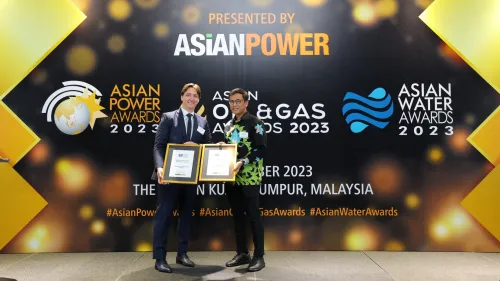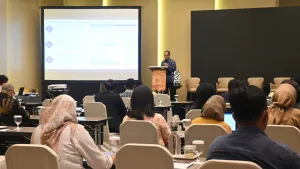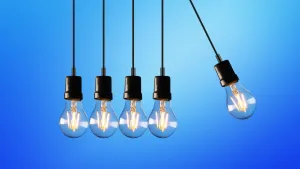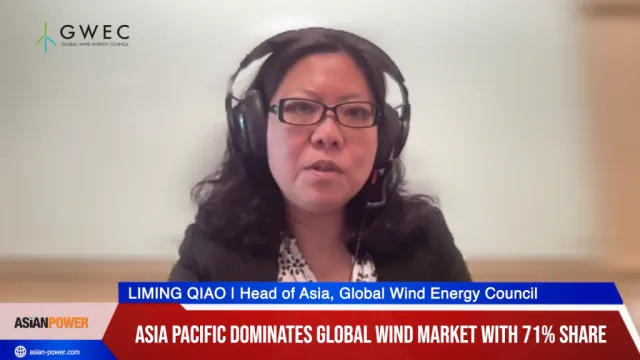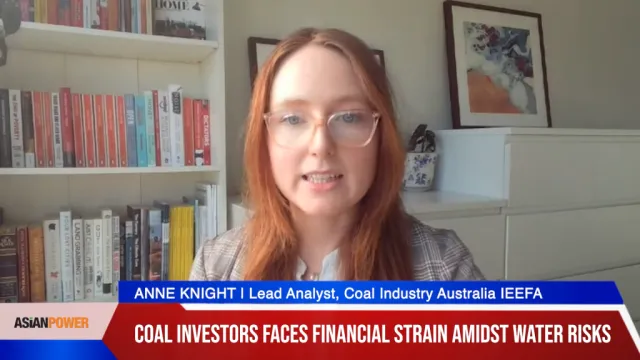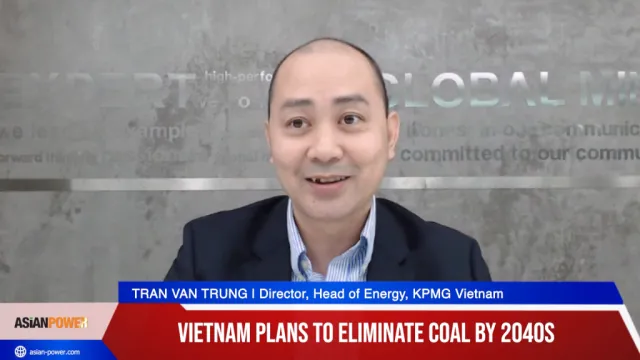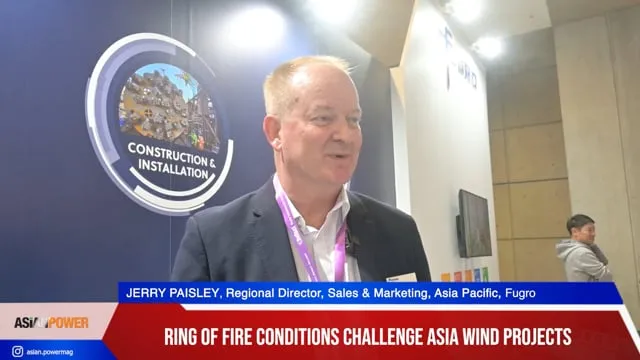
Asia Pacific's offshore wind capacity could rise 20-fold to 43GW in 2027
Together with Korea and Japan, East Asia alone needs $37b of investment to meet ambitious energy goals.
As China and Taiwan step up in their pursuit of offshore wind opportunities, the Asia Pacific’s offshore wind capacity is expected to rise 20-fold to 43GW in 2027, Wood Mackenzie revealed.
China is expected to lead the charge as its total offshore wind capacity could grow from 2GW last year to 31GW in the next decade. Taiwan is expected to follow suit and account for 20% or 8.7GW of the total mix by 2027, making it the largest offshore wind market in the region (excluding China) by 2020.
"Taiwan presents the biggest offshore market in APeC due to a relatively stable regulatory regime, a supportive government, and openness to foreign investment," said Wood Mackenzie senior analyst Robert Liew.
Currently, Taiwan relies heavily on coal, gas and nuclear for power. However, the government has pledged to shut down nuclear plants by 2025, thereby leaving a void of 5GW of power capacity to be filled.
Wood Mackenzie said that offshore wind is poised to fill this gap as more than 5.7GW of projects have been approved and planned for commissioning by 2025.
Driven by declining prices, a few markets in Asia-Pacific have set ambitious offshore wind targets. “However, not every market is set for success as a stable domestic offshore supply chain and strong government support are needed to sustain growth in the long term,” the analyst added.
Liew noted that together with South Korea and Japan, East Asia needs around $37b in investments to meet the mammoth growth in offshore wind capacity over the next five years. "The good news is that prices are coming down,” he said.
It is projected that future offshore wind prices could be competitive with traditional thermal prices by 2025. "This should attract investments in offshore wind, though Asia-Pacific is still playing catch-up with Europe as it is still in the process of establishing a dedicated infrastructure to support large-scale offshore growth," Liew said.
Despite the enormous potential of offshore wind in Asia-Pacific, key challenges around technology maturity and limited regional offshore wind supply chain remain.
For instance, the advanced offshore technology used in regional leader China still lags behind that of European offshore. Wood Mackenzie cited how leading Chinese offshore turbine supplier Shanghai Electric continues to be reliant on technology licenses from the European turbine original equipment manufacturer (OEM), Siemens-Gamesa Renewable Energy, and regional turbine suppliers still do not offer offshore wind turbines in the >8MW class which are now preferred by leading offshore wind developers.
Outside of China, local turbine suppliers in Korea and Japan are investing in new and larger offshore machines comparable to western turbines. “This will take time as it will require more research and development, testing new demonstration units, and establishing developer buy-in,” Wood Mackenzie added.
A robust supply chain also needs to be developed. “Maritime infrastructure, establishing a local vessel fleet to install and service offshore wind farms, and upgrades to transmission systems will take time to be built up. This will require strong commitments by regional governments to support and invest in the growth of offshore wind,” Liew said.
"Fortunately, the experience in Europe is that when such support systems are in place, growth will be exponential given the increasing competitiveness of offshore wind prices, and developers eager to take advantage of economies of scale, local suppliers and opportunities in new markets," the analyst concluded.
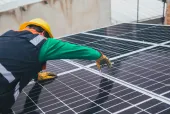

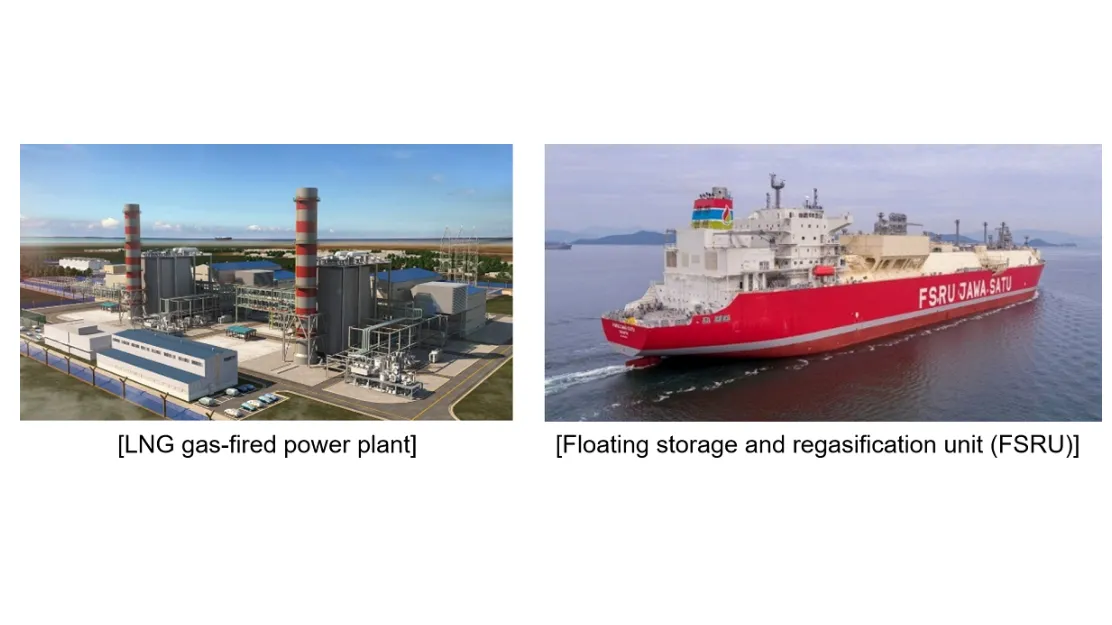
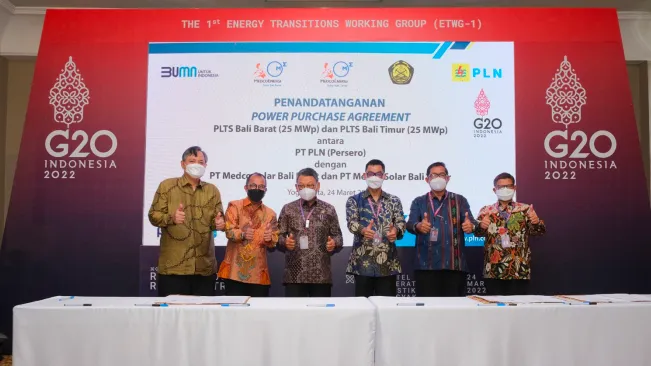


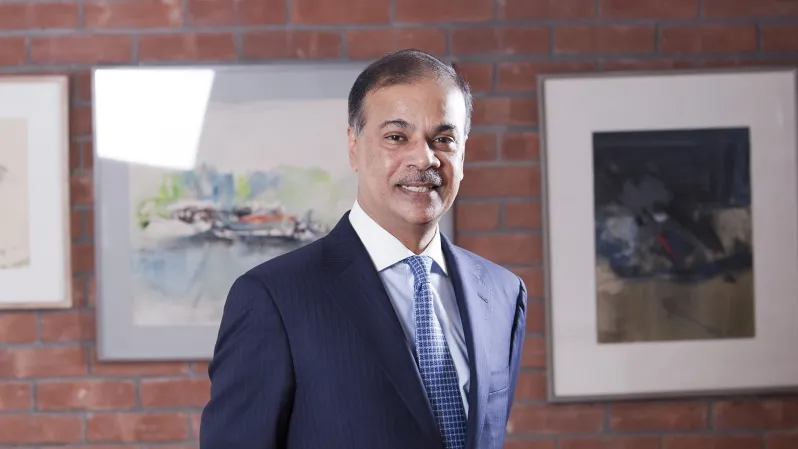
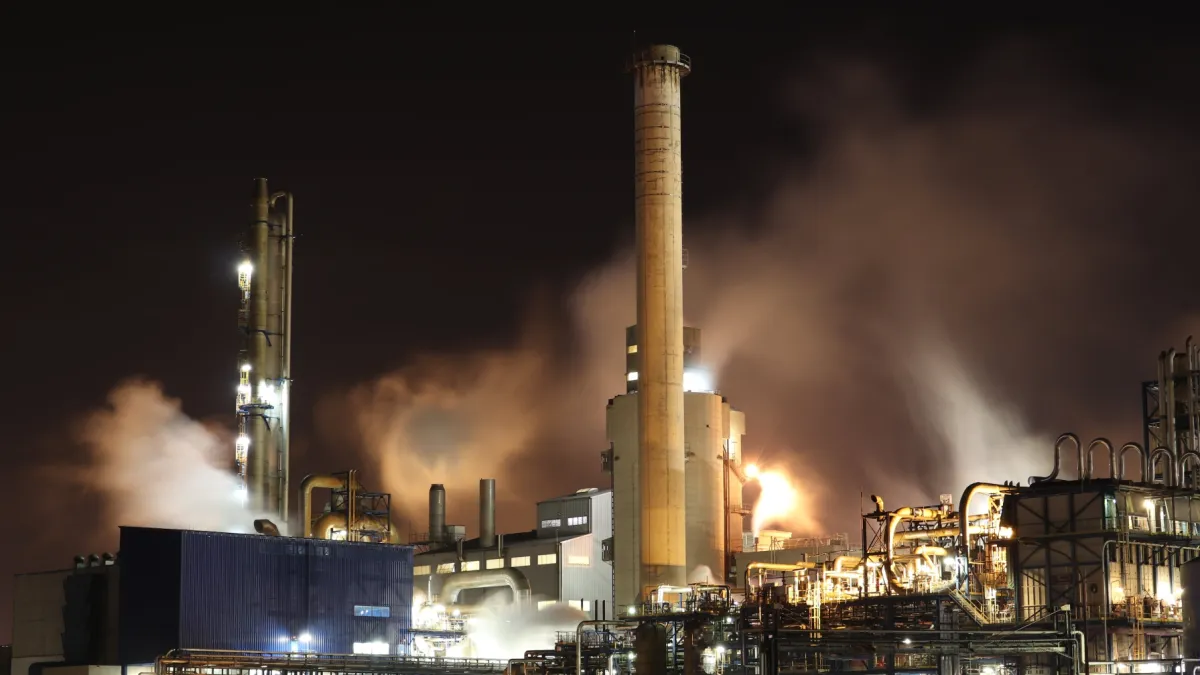
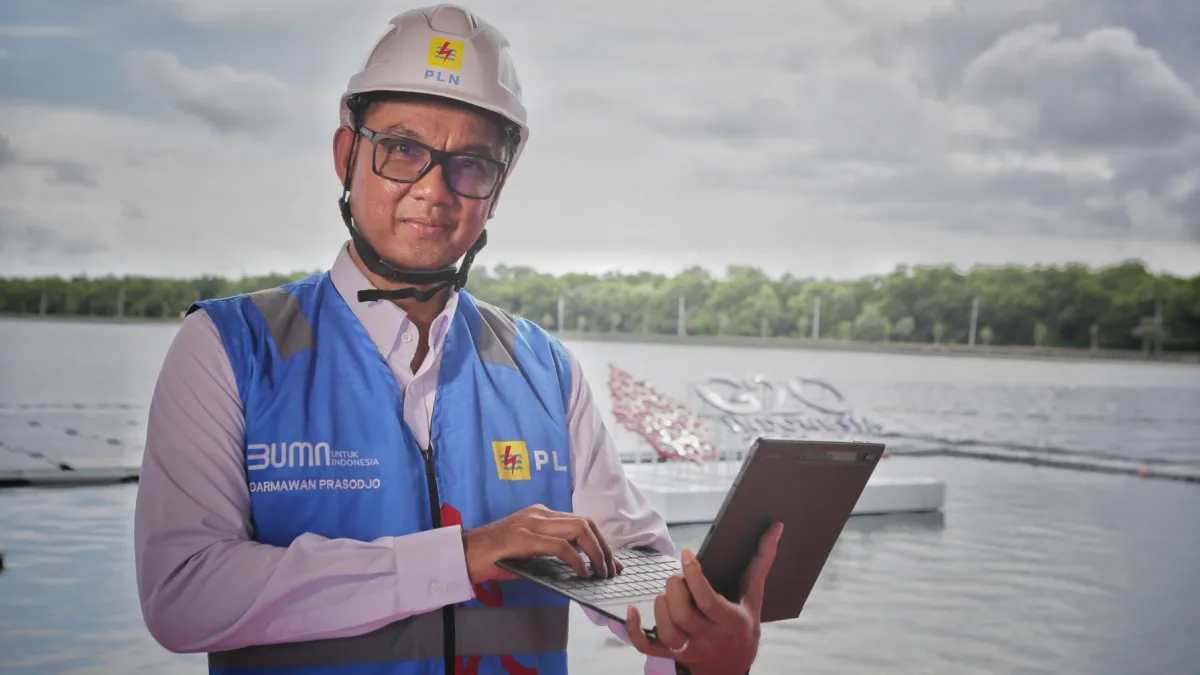
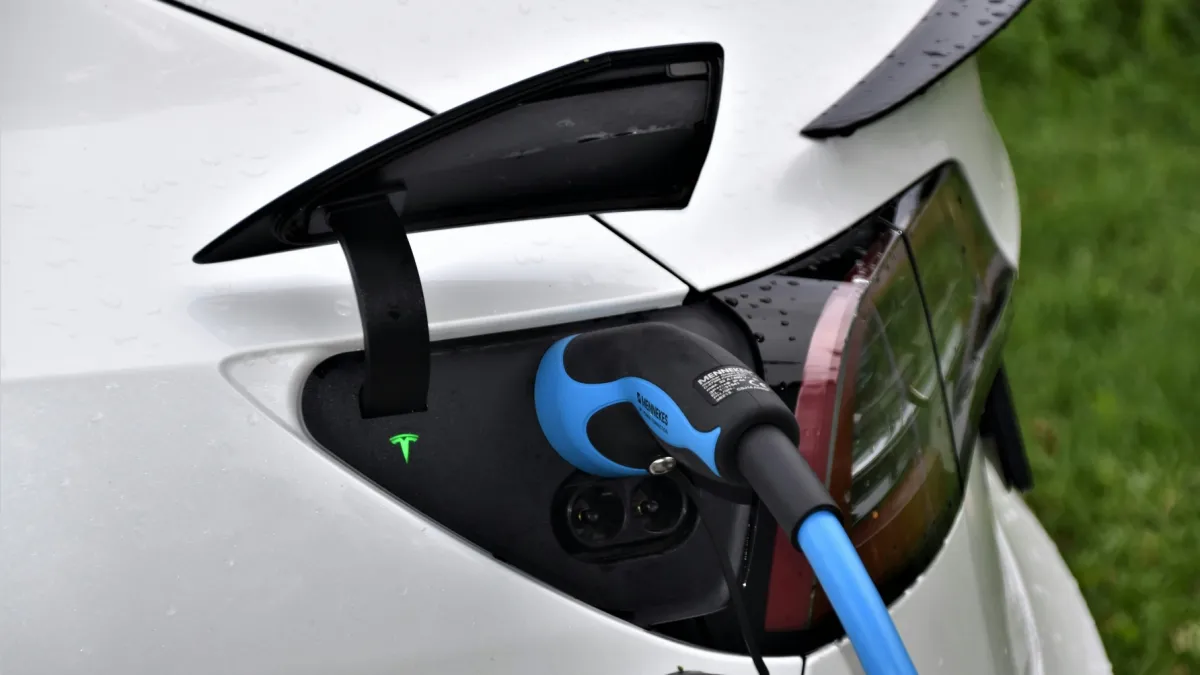
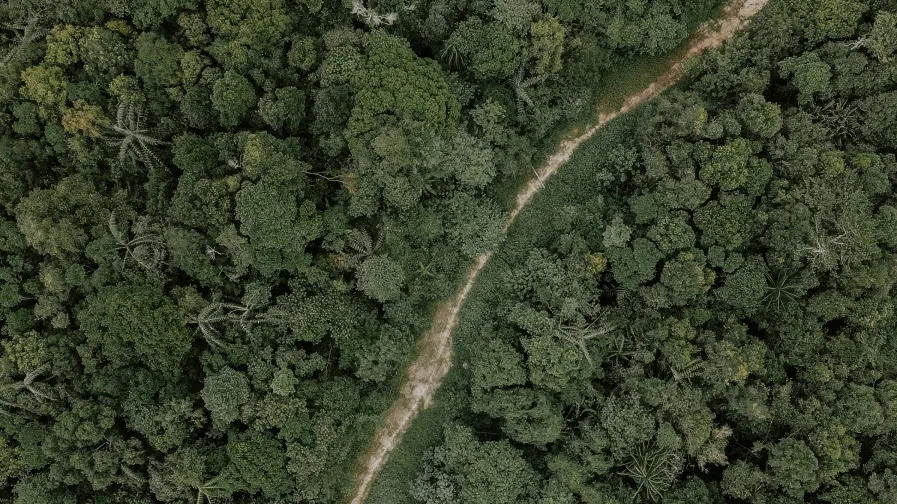


 Advertise
Advertise
